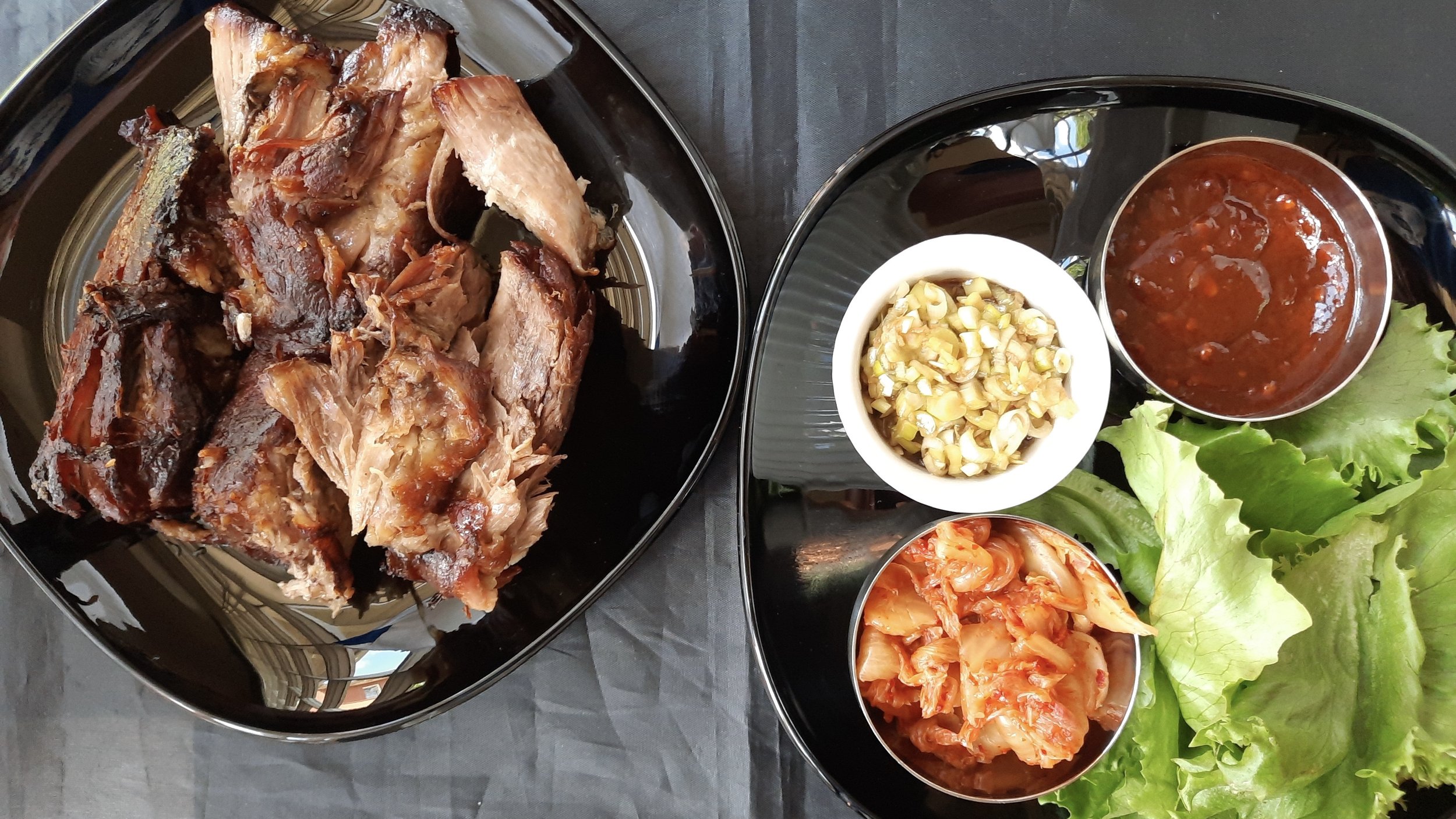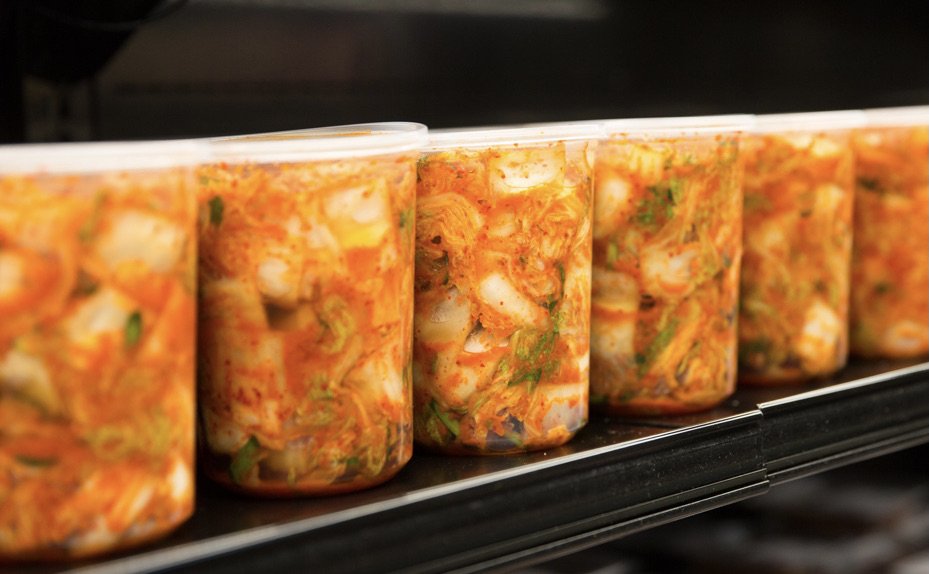BASICS OF ASIAN COOKING
Putting into a few hundred words “the basics of Asian cooking,” the overall aim here, is such a very Western thing to try to do—and impossible. The cuisines of more than 60 percent of the globe’s population are, well, all over the place, a great wall too tall to conquer in one leap.
Nonetheless, in an effort to encourage you to cook Asian, here are pointers on pantry basics, indispensable tools, and a simple enough recipe.
It’s easy, though, to capture the overall philosophy of Asian cooking, just as easy as it is to condense the general goal of living Asian: balance.
Whether a Thai curry, a noodle salad from Vietnam, a stir fry from China (one “China” in the kitchen? ha! dozens of Chinas there), a Korean roast pork, a Japanese ramen, fried rice of Indonesia, or a Philippine adobo, the commonplace among them is an attempt at balance.
Sweet teeter-totters with salt; chili heat frames; crunch lies next to soft; char offsets raw; solid floats in liquid; sour may lift everything; umami is ju-jitsu, both an element and an energy flowing through it.
You may find thousands of recipes - and, these days, even more pictures - for cooking Asian in books, online, and on social media. Go for them.
You’ll need a lot of different foods in order to prepare or emulate these recipes, but you probably already have most of them around, such as soy sauce, jasmine rice, chili sauce or paste, dried peppers or red pepper flakes, even coconut milk and peanut oil.
Dry white wine or fino sherry, packaged or homemade vegetable and meat broths, cornstarch, vegetable oils (olive oil to the rear, however), limes and cilantro - these are all toppers. You already stock them or just did.
But you’ll need to supplement your Western pantry with some other things, too, many of which are quite shelf-stable (or, certainly, have long lives in the refrigerator): rice vinegar, fish sauce, dried mushrooms (shiitake are best all-around), miso paste, a couple of Thai curry pastes, and some dried rice or buckwheat noodles.
A well-worn wok is great, hanging over there on the wall, but a large, somewhat slope-sided skillet will do as well. You’ll find many Western uses for a bamboo steamer (hard-cooked eggs from it are perfect), and a wire skimmer (sometimes called “a spider”) is even more useful than any slotted spoon that your mother gave you for your dorm kitchen. I suggest that you buy these “Asian” implements even if you never stir up a fry.
As for shopping, especially in the Denver metro area, avail yourself of one of the several truly amazing Asian markets that are replete with fresh vegetables, seafood and freshwater fish, all manner of dried foods, and the kinds of uncured pork meats called for in many Asian recipes.
And finally, teach yourself to think like an Asian when preparing food; the skills are portable to non-Asian cooking to boot.
Do-ahead preparation of the many ingredients is key; have at hand a bunch of bowls to fill and lay them out like the dabs of paint on an artist’s palette, for that is what they are before the canvas of the stove. Learn to dice and cut well, and always slice vegetables on the diagonal, exposing larger sides to the heat and its extrusion of flavor.
And be quick about most movements. While there are some Asian recipes that favor long cooking or braising, most meals, by and large, are about seconds and minutes, not hours.
Kimchi, a quintessential Asian and Korean cooking ingredient or snack.
RECIPE: Umami Shrimp
No, the word “umami” does not name a sort of Asian shrimp. It is a savory “fifth taste,” say many scientists, to be added to four traditional tastes of salt, sweet, acid, and bitter. Umami is the savor of cooked mushroom, for example, or aged cheese. Oodles of it in this dish via the cremini, broth, and tamari. Makes 2 servings
Ingredients
2 tablespoons canola oil, plus more if needed
8 ounces sliced cremini mushrooms
3 green onions, sliced
1/2 cup chicken broth
2 tablespoons tamari or low-salt soy sauce
1 tablespoon sesame oil
1/4 teaspoon ground red or black pepper
1/2 pound cooked shrimp
1 cup cooked broccoli florets or green beans
Cooked noodles or rice
Directions
Heat the oil in a wok or large skillet over high heat. Add the mushrooms; stir-fry until lightly browned, about 3 minutes. Transfer mushrooms to a plate with slotted spoon. Add more oil to wok, if needed; add green onions. Stir-fry 1 minute. Add the chicken broth, tamari, sesame oil and pepper (the latter, to taste). Heat to a boil. Stir in the shrimp, broccoli florets (or beans) and reserved mushrooms; heat until hot, about 2 minutes. Serve over cooked noodles or rice.

